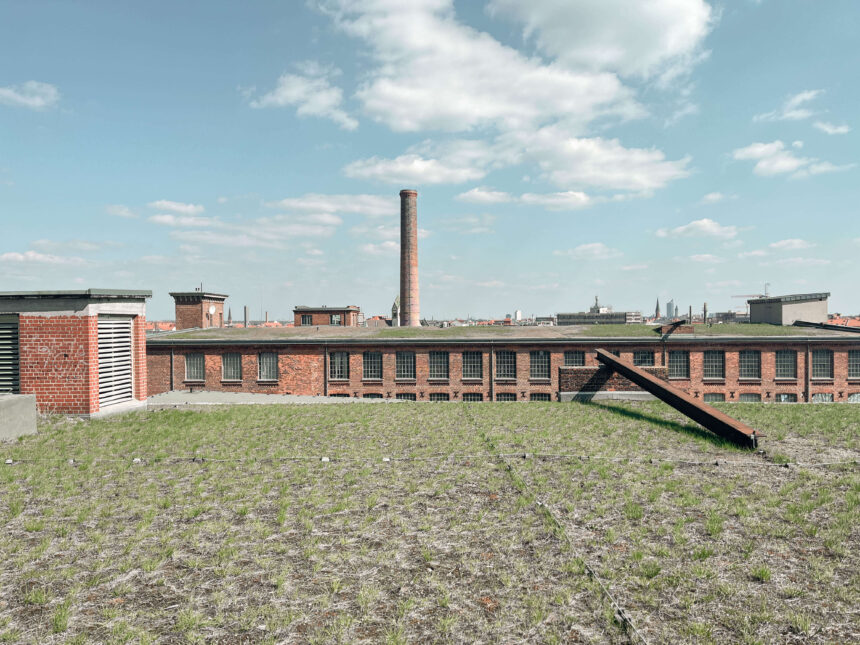by Asem Zeair and Rachel Rouzaud
March 2023, a guide tells us that the Spinnerei, a large brick building in Leipzig that used to be a cotton mill factory, was one of the few that withstood the bombing of Leipzig in the Second World War.
The building was constructed in the western part of Leipzig city in the second half of the 19th century when the need for cotton increased quickly in Europe, and the natural materials at the time were sourced from the USA and Egypt.
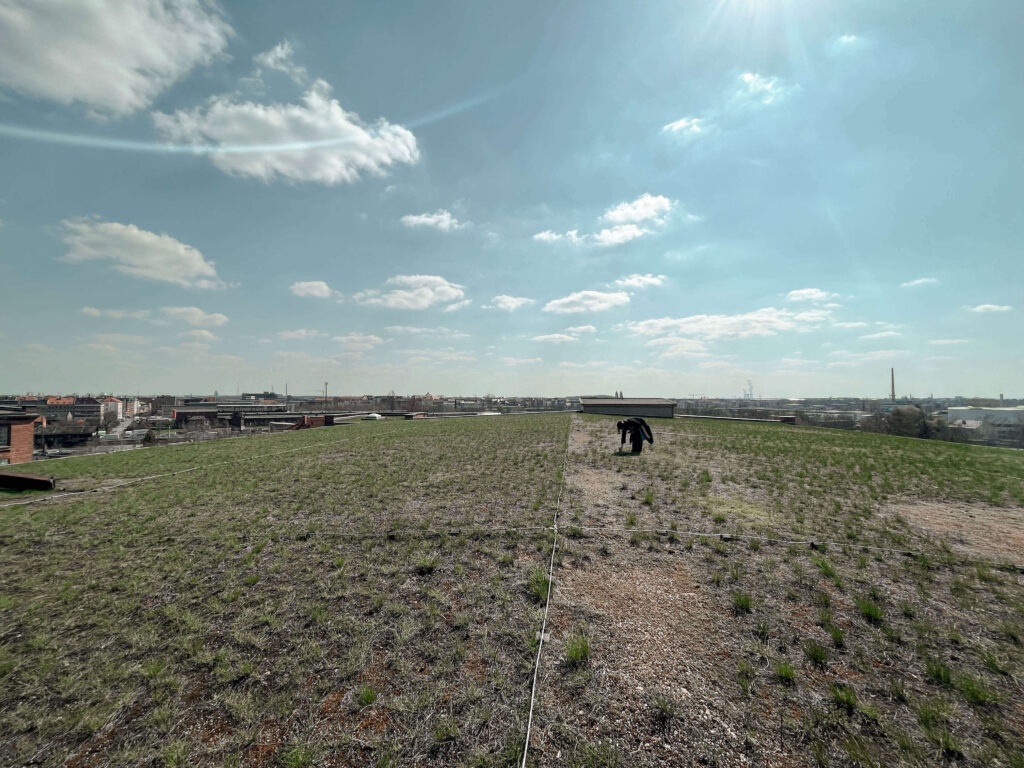
On June 21st, 1884, the Leipzig Cotton Spinning Mill was joined into the commercial register as a stock corporation by Dr. Karl Heine, who had recycled the swampland in the west of Leipzig, and Johann Morf was hired to manage the project.
This project has developed from one production building in 1884 to five production buildings in 1907, besides the spinning school, the fire company team, kindergarten, park with gym, and music bands.
In 1905, there were more than 2500 workers in Leipzig Cotton Spinning Mill, and the need for skilled workers was high. For the hard factory job, not only many people had to be found, but also exceptionally talented people delivered from traditional European textile places in Saxony, Bavaria, Poland, Czech Republic, Austria, and Switzerland- a multilingual mixture of people with all its energy and culture.
In 1993, textile production stopped, and today, about 100 studios offer artists the necessary space to work and rest. In addition to theatres and galleries, there are also offices, shops, workshops, and small businesses.
Historical Background
The interesting thing when you enter the Leipzig Cotton Spinning Mill is the green roofs. And the buildings are covered by a green onion layer. What is the reason for doing that? Why do they choose onion, not any other plant?
Before we answer the question above, let’s briefly explain the plant roof technique history.
Planted roofs, also known as green roofs or living roofs, have a long history that dates back thousands of years. The idea of using vegetation to cover rooftops has been practised in various forms by different cultures around the world. The first example is the Hanging Gardens of Babylon in Mesopotamia, one of the Seven Wonders of the Ancient World, which were believed to have included rooftop gardens around 600B.C. These elevated gardens were built to provide a lush oasis in the desert.
in Scandinavia, during the Viking times, turf roofs were popular in the region, where vegetation was used to insulate the houses. Grass or sod would be laid over wooden structures, providing thermal protection and blending the structures into the landscape.
During the Middle Ages in Northern Europe, roof plants became more prevalent in Northern Europe, particularly in countries like Norway, Sweden, and Iceland. Sod roofs were commonly used on houses, barns, and other structures, offering insulation and durability.
In Iceland, traditional Icelandic turf houses were constructed with thick layers of turf on the roofs and walls. These roofs provided excellent insulation against the harsh Icelandic climate.
During the Modern Revival in Europe, the green roof technique began to gain traction. The German botanist Carl Ludwig Engelmann is credited with pioneering modern green roof technology in the 1860s. His work focused on using vegetation to improve the thermal performance of buildings. On the other hand, in North America, the modern green roof movement gained momentum in the mid-20th century.
In the 1960s, cities like Chicago and Toronto saw the development of large-scale green roof projects, mainly driven by environmental concerns and the desire to mitigate the urban heat island effect.
Back to Spinnerei…
In the case of Spinnerei, it seems that the green roofs were used for thermal purposes. they help to reduce the urban heat island effect by absorbing heat and providing a cooling effect. And they can help to improve air quality by absorbing pollutants and producing oxygen.
The cotton-weaving building needed to be at a constant temperature at all times. The earth on the roof acted as an insulator, providing a thick layer through which the heat could escape, while its mass, added to that of the building, prevented rapid temperature changes. Grass certainly played a role in stabilizing the soil by reducing storm-water runoff by absorbing and filtering rainwater. Finally, they can provide a habitat for wildlife and increase biodiversity in urban areas. All of these benefits make plant roofs an important feature for sustainable and eco-friendly design.
The onions that can still be seen on the roof today seem to have been planted here by one of the factory workers for her own consumption. However, onions are not typically used for a plant roof, but rather a variety of low-growing plants such as succulents, herbs, and grasses. These plants are chosen for their ability to thrive in shallow soil and withstand the extreme conditions of a rooftop environment, such as high winds and intense sunlight. They also have root systems that help to absorb and retain water, making them an ideal choice for reducing stormwater runoff. While onions are not commonly used for plant roofs, they have their own benefits when grown in a traditional garden, such as adding flavour to a variety of dishes and providing important nutrients.
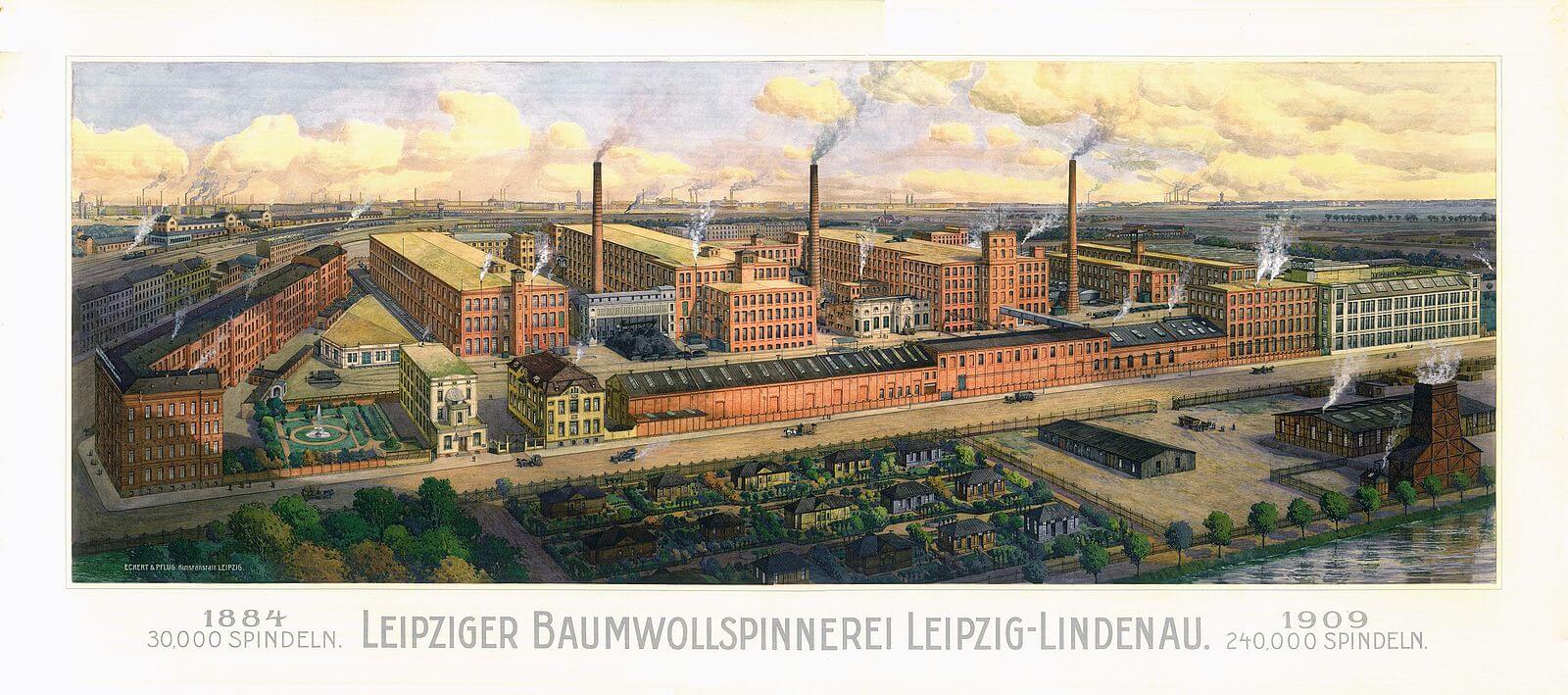
So what are the benefits of the plant roof?
Plant roofs can be beneficial for mitigating the effects of climate change and a sustainable solution for cities. They can help reduce energy consumption and greenhouse gas emissions by providing natural insulation and reducing the need for air conditioning. This can also result in cost savings for building owners. Furthermore, green roofs can help extend the lifespan of roods by protecting them from the elements, reducing the need for repairs and replacements. Plant roofs can also contribute to biodiversity by providing habitat for birds and insects, which can help support local ecosystems. Overall, plant roofs are a great way to incorporate sustainable practices into urban and promote green infrastructure.
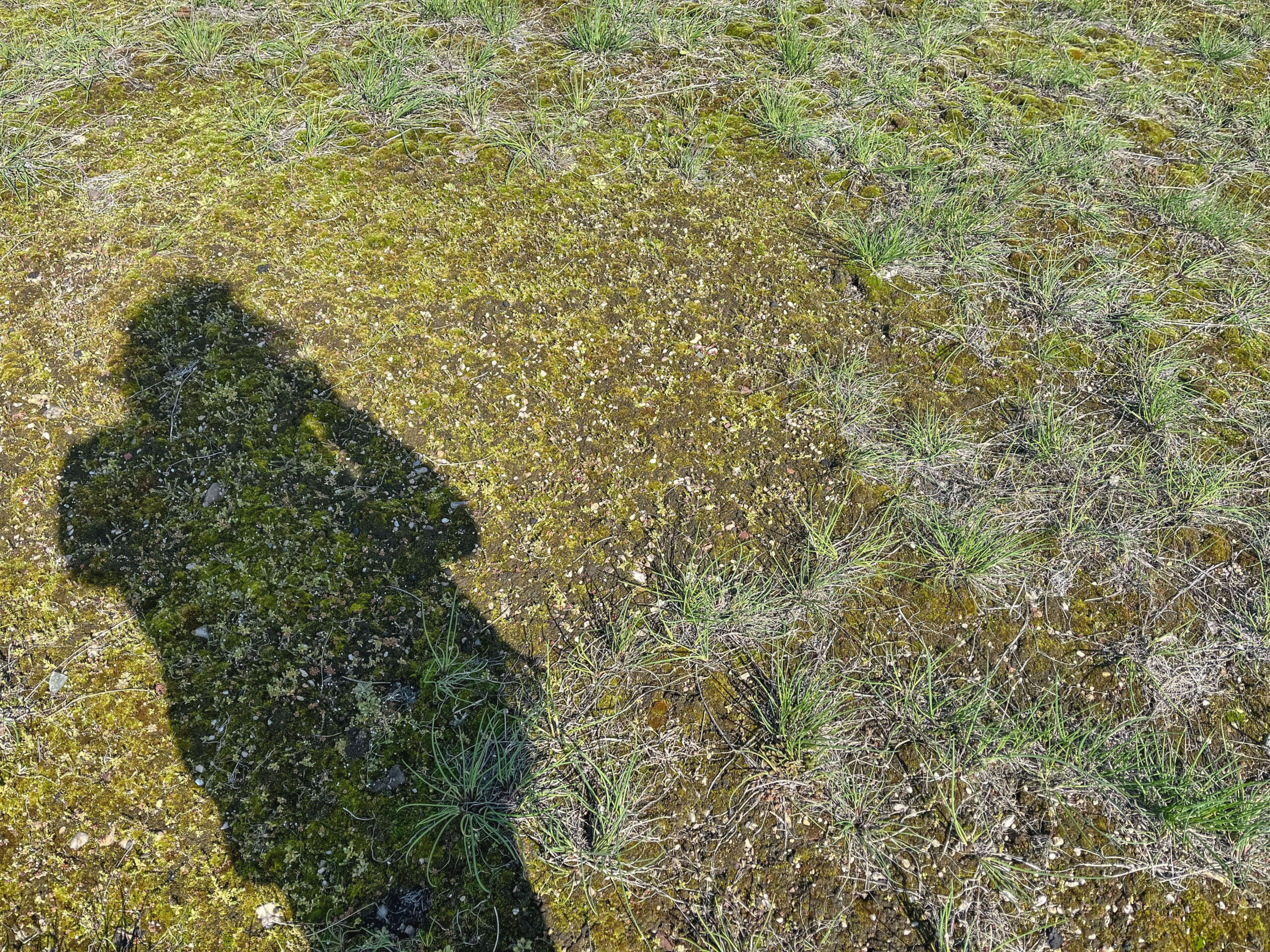
In conclusion, the performance of plant roofs in modern-day construction offers plenty of benefits that extend far beyond very aesthetics. These innovative green spaces not only contribute to the moderation of urban heat island effects but also improve air quality, reduce energy consumption, and enhance biodiversity in urban environments. Also, plant roofs serve as natural insulation, prolonging the lifespan of buildings and reducing maintenance costs over time.
Furthermore, their ability to capture rainwater helps alleviate strain in drainage systems and mitigate the risk of flooding. Embracing plant roofs represents a sustainable solution that aligns with our collective efforts toward environmental conservation and urban resilience. As we continue to confront the challenges of rapid urbanization and climate change, integrating plant roofs into our cities becomes increasingly essential for creating healthier, more sustainable, and liveable urban spaces for generations to come.
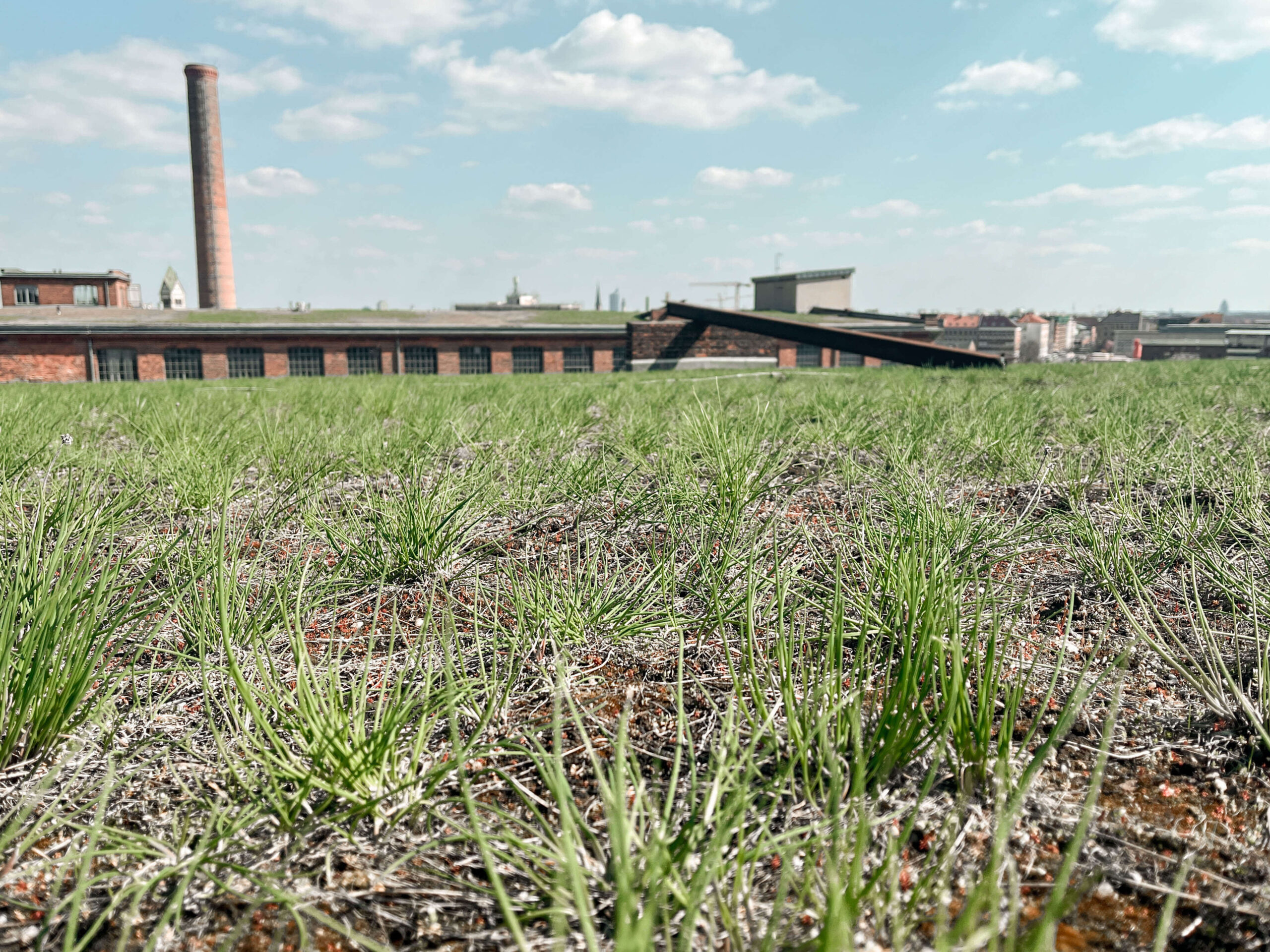
If you wish to contact the authors of this article, please send an email to community@europeanheritagetimes.eu
